Home>Gardening & Outdoor>Outdoor Entertaining>How Can You Keep Picnic Foods Safe To Eat?
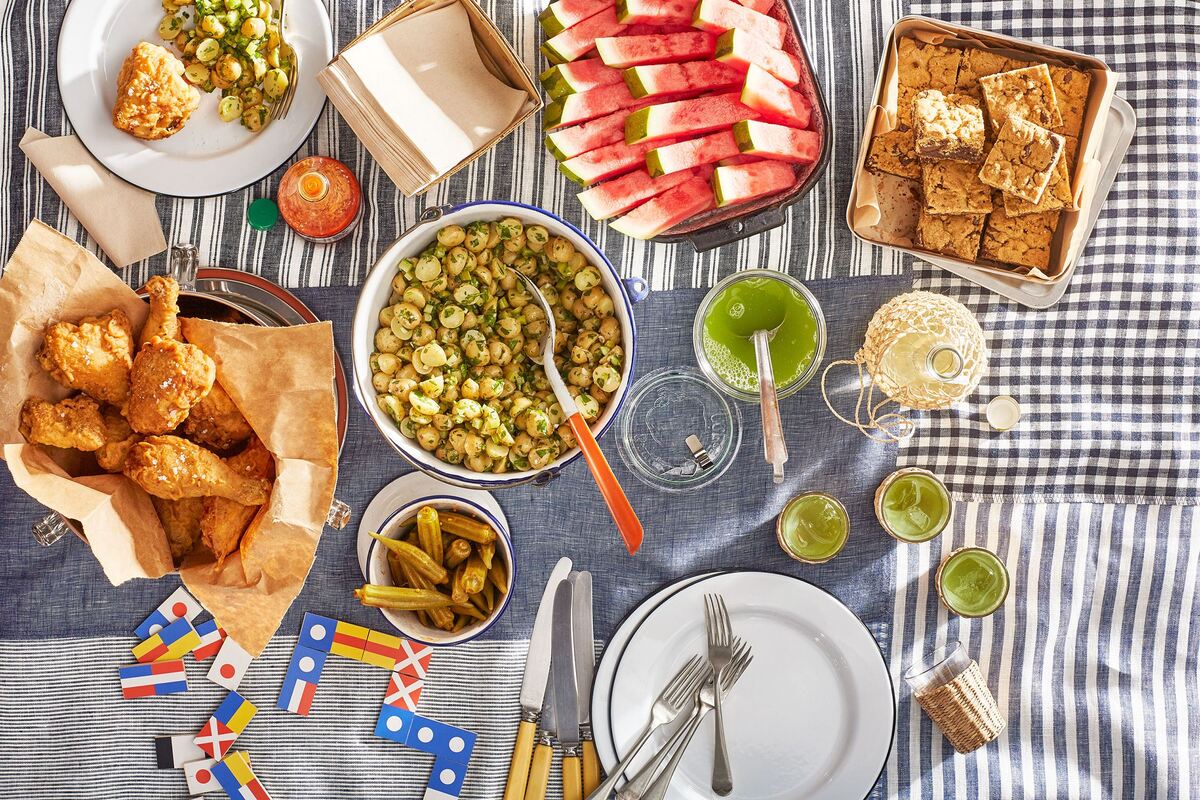

Outdoor Entertaining
How Can You Keep Picnic Foods Safe To Eat?
Modified: September 2, 2024
Learn how to keep your outdoor entertaining safe with our tips for picnic food safety. Keep your al fresco dining worry-free!
(Many of the links in this article redirect to a specific reviewed product. Your purchase of these products through affiliate links helps to generate commission for Storables.com, at no extra cost. Learn more)
Introduction
Planning a picnic is an exciting way to enjoy the great outdoors while savoring delicious meals with friends and family. Whether you're heading to a local park, the beach, or a scenic spot in the countryside, picnics offer a fantastic opportunity to unwind and relish mouthwatering dishes in a natural setting. However, to ensure a delightful and worry-free experience, it's crucial to prioritize food safety. This comprehensive guide will equip you with essential knowledge and practical tips to keep your picnic foods safe to eat, allowing you to focus on creating lasting memories and savoring delectable flavors amidst the beauty of nature.
Ensuring the safety of picnic foods involves various aspects, including understanding the fundamentals of food safety, effectively packing and transporting perishable items, maintaining proper temperatures for different dishes, and implementing best practices for handling and serving meals outdoors. By mastering these key elements, you can elevate your picnic adventures while safeguarding the well-being of everyone partaking in the culinary delights.
So, let's embark on this enlightening journey to discover the art of preserving the freshness and safety of picnic foods. Whether you're a seasoned picnic enthusiast or a newcomer eager to delve into the realm of outdoor dining, this guide will empower you to orchestrate memorable picnics filled with delectable, safe-to-eat culinary creations.
Key Takeaways:
- Keep your picnic foods safe by understanding the basics of food safety, packing with ice packs, and using separate utensils to prevent contamination. Enjoy your outdoor feast worry-free!
- Ensure picnic food safety by maintaining proper temperatures, using insulated containers, and promptly refrigerating leftovers. With these tips, you can savor delicious meals amidst nature’s beauty.
Read more: What Seeds Can You Eat
Understanding Food Safety
Before diving into the specifics of keeping picnic foods safe, it’s essential to grasp the fundamental principles of food safety. The cornerstone of food safety lies in preventing foodborne illnesses, which can result from consuming contaminated or improperly handled food. Bacteria, viruses, parasites, and other pathogens can thrive in various food items, particularly perishable goods such as meat, dairy products, and prepared salads, when not handled and stored correctly.
One of the critical aspects of food safety is maintaining cleanliness throughout the food preparation and serving processes. This involves washing hands thoroughly with soap and water before handling food, especially after touching raw meat, poultry, or seafood. Additionally, surfaces, utensils, and cutting boards used for meal preparation should be meticulously cleaned and sanitized to prevent cross-contamination.
Understanding the concept of the “Danger Zone” is paramount when it comes to food safety. The “Danger Zone” refers to temperatures between 40°F (4°C) and 140°F (60°C), within which bacteria multiply most rapidly. Perishable foods should be kept out of this temperature range to minimize the risk of bacterial growth.
Furthermore, being mindful of food expiration dates, proper storage methods, and the potential hazards of certain ingredients (such as unpasteurized dairy products and undercooked meats) is crucial for ensuring the safety of picnic foods. By staying informed about these foundational principles, you can lay a solid groundwork for implementing effective food safety practices throughout your picnic adventures.
By comprehending the significance of cleanliness, temperature control, and ingredient safety, you can embark on your picnic excursions with a heightened awareness of the essential measures to safeguard the well-being of everyone partaking in the outdoor feasts.
Packing and Transporting Picnic Foods
Efficiently packing and transporting picnic foods is a pivotal aspect of maintaining their safety and freshness. Proper packaging not only preserves the flavors and textures of the dishes but also prevents contamination and spoilage during transit. When selecting containers for your picnic provisions, opt for insulated coolers, thermal bags, and airtight containers to uphold the optimal temperature and integrity of the food items.
Separating perishable foods, such as raw meat and seafood, from ready-to-eat items like fruits and sandwiches is imperative to prevent cross-contamination. Utilize individual containers or securely sealed bags to keep these categories of foods distinct from each other. Moreover, packing perishable goods with ample ice packs or frozen gel packs can help maintain their temperatures within the safe range during transportation.
When organizing your picnic basket or cooler, consider the placement of various food items strategically. Positioning perishable goods at the bottom of the cooler, followed by ice packs or frozen items, and then layering non-perishable items on top can optimize temperature control and minimize the risk of cross-contamination. Additionally, storing beverages in a separate cooler can reduce the frequency of opening the food cooler, thereby helping to sustain the desired temperature within.
It’s also essential to pack an assortment of utensils, napkins, and cleaning supplies to facilitate safe and convenient dining outdoors. Bringing along hand sanitizers and disposable wipes can further enhance hygiene practices, especially when access to water and soap is limited at the picnic site.
By paying attention to the meticulous details of packing and transporting picnic foods, you can embark on your outdoor escapades with the assurance that your culinary creations will remain delectable, safe, and ready to be enjoyed amidst the splendor of nature.
When packing for a picnic, keep perishable foods like meat, dairy, and salads in a cooler with ice packs to keep them at a safe temperature (below 40°F) until you’re ready to eat.
Keeping Foods at Safe Temperatures
Maintaining proper temperatures for picnic foods is crucial to prevent the proliferation of harmful bacteria and preserve the quality of the dishes. Whether you’re indulging in a sunny afternoon picnic or a leisurely outdoor gathering, employing effective temperature control measures is essential for ensuring the safety and palatability of the culinary spread.
One of the primary methods for upholding safe food temperatures during picnics is utilizing ample ice packs, frozen gel packs, or bags of ice to keep perishable items chilled. These cooling agents help create and sustain a refrigerated environment within coolers, thereby safeguarding foods from entering the “Danger Zone” temperature range where bacteria thrive.
When packing your cooler, ensure that perishable foods are thoroughly chilled before being placed inside. This pre-chilling process, coupled with the generous inclusion of ice packs, enhances the cooler’s ability to maintain low temperatures, especially on warm days. Additionally, consider using multiple smaller coolers to separate perishable items from beverages and non-perishable snacks, minimizing the frequency of opening the coolers and compromising the internal temperature.
For hot or warm dishes, such as grilled meats or savory casseroles, employing insulated containers or thermal bags can help sustain their elevated temperatures. Preheating the insulated containers with hot water before filling them with the piping hot food can enhance their ability to retain warmth for extended periods.
Throughout the picnic, it’s advisable to monitor the temperatures within the coolers and insulated containers, adjusting the positioning of ice packs or adding more ice as needed. Placing a thermometer inside the cooler can provide real-time temperature readings, empowering you to make informed decisions to uphold food safety.
By prioritizing meticulous temperature management, you can savor your picnic feast with confidence, knowing that every delectable dish has been safeguarded against the perils of temperature abuse, allowing you to relish the flavors and aromas of the outdoor culinary extravaganza.
Handling and Serving Picnic Foods
Effective handling and serving of picnic foods are essential for ensuring the safety and enjoyment of outdoor dining experiences. By implementing best practices in these areas, you can mitigate the risks of contamination and maintain the delectable quality of the culinary offerings throughout your picnic escapades.
When setting up the picnic spread, designate separate serving utensils for each dish to prevent cross-contamination. This simple yet crucial measure can significantly reduce the likelihood of transferring harmful bacteria from one food item to another. Additionally, encourage guests to use individual plates and utensils for serving themselves, minimizing direct contact with the communal food containers.
Amidst the convivial ambiance of a picnic, it’s important to be mindful of the duration for which perishable foods remain unrefrigerated. As a general rule, perishable items should not be left out at room temperature for more than two hours, especially on warm days. To prolong the safe serving time, consider placing serving platters on a bed of ice or utilizing shallow containers filled with ice beneath the dishes.
Ensuring thorough cooking of meats and seafood is paramount for guaranteeing their safety and palatability. Use a food thermometer to verify that these items reach the recommended internal temperatures, which varies based on the type of meat or seafood being prepared. By adhering to these guidelines, you can instill confidence in the safety of the grilled delicacies and savory treats served at your picnic.
After the delightful feasting, promptly refrigerate any leftover perishable foods to preserve their freshness and minimize the risk of bacterial growth. Discard any perishable items that have been left unrefrigerated for an extended period, as consuming such foods can pose potential health hazards.
By conscientiously handling and serving picnic foods with these considerations in mind, you can elevate the safety and enjoyment of your outdoor dining experiences, fostering a delightful atmosphere where everyone can relish the delectable fare and create enduring memories amidst the splendor of nature.
Read more: How Can I Keep Food Warm For A Picnic
Conclusion
Embarking on a picnic adventure is a delightful way to revel in the beauty of nature while savoring scrumptious meals with loved ones. By prioritizing food safety throughout the planning, preparation, and enjoyment of your outdoor feasts, you can ensure that every culinary creation is not only delectable but also safe to eat, fostering a worry-free and enjoyable experience for all.
Understanding the fundamental principles of food safety, such as cleanliness, temperature control, and ingredient safety, forms the bedrock of orchestrating safe and delightful picnics. By embracing these principles, you can lay a solid foundation for implementing effective food safety practices, empowering you to create a wholesome and secure dining environment amidst the great outdoors.
Efficiently packing and transporting picnic foods is a pivotal aspect of maintaining their safety and freshness. By employing insulated coolers, strategic food placement, and meticulous attention to detail, you can safeguard your culinary delights from contamination and spoilage, ensuring that they arrive at the picnic site in optimal condition.
Maintaining proper temperatures for picnic foods is paramount to prevent the proliferation of harmful bacteria and preserve the quality of the dishes. Through the thoughtful use of ice packs, insulated containers, and vigilant temperature monitoring, you can uphold the safety and palatability of the culinary spread, allowing everyone to indulge in a worry-free outdoor dining experience.
Effective handling and serving of picnic foods play a pivotal role in mitigating the risks of contamination and ensuring the enjoyment of outdoor dining experiences. By implementing best practices such as using separate serving utensils, adhering to recommended cooking temperatures, and promptly refrigerating leftovers, you can create a safe and convivial dining environment amidst the natural splendor of a picnic setting.
In closing, by integrating these essential practices and principles into your picnic preparations and outdoor dining experiences, you can elevate the safety, enjoyment, and overall quality of your culinary adventures. With a steadfast commitment to food safety, you can savor the flavors of your picnic feasts with confidence, fostering cherished moments and creating enduring memories amidst the embrace of nature’s beauty.
Frequently Asked Questions about How Can You Keep Picnic Foods Safe To Eat?
Was this page helpful?
At Storables.com, we guarantee accurate and reliable information. Our content, validated by Expert Board Contributors, is crafted following stringent Editorial Policies. We're committed to providing you with well-researched, expert-backed insights for all your informational needs.
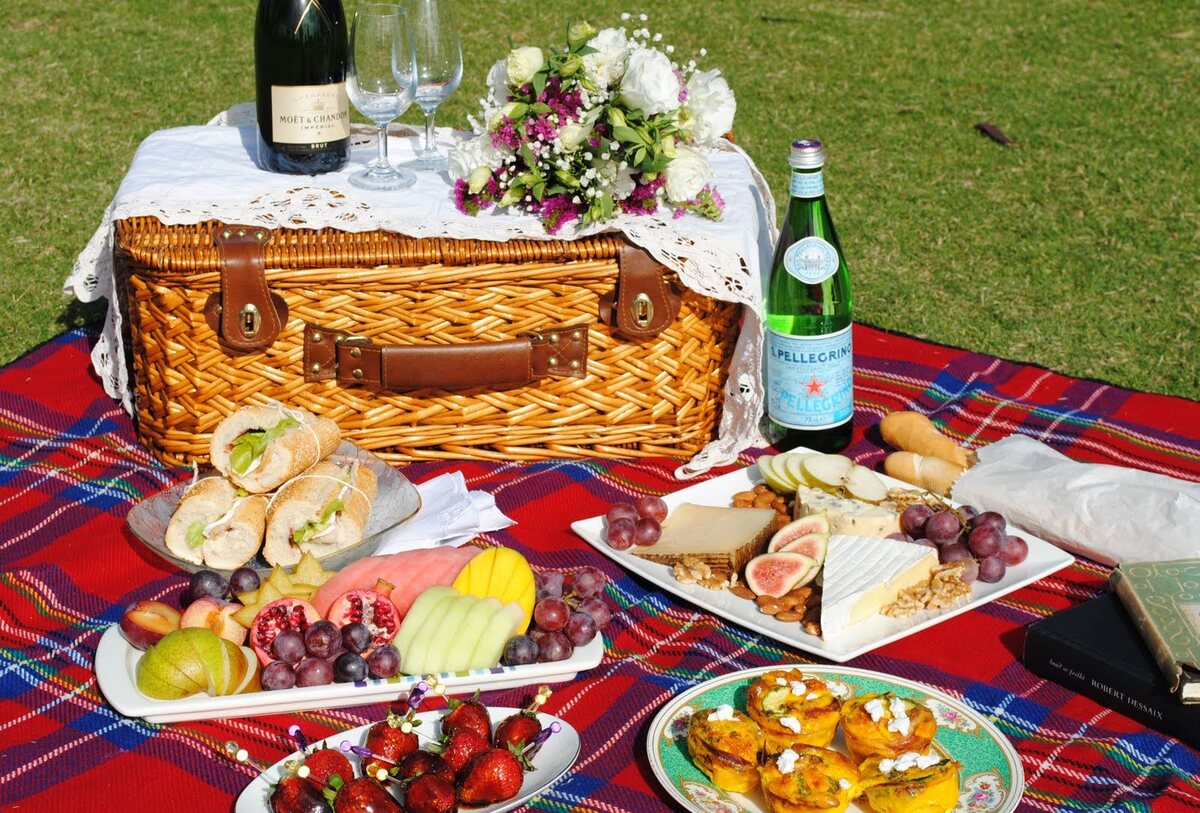
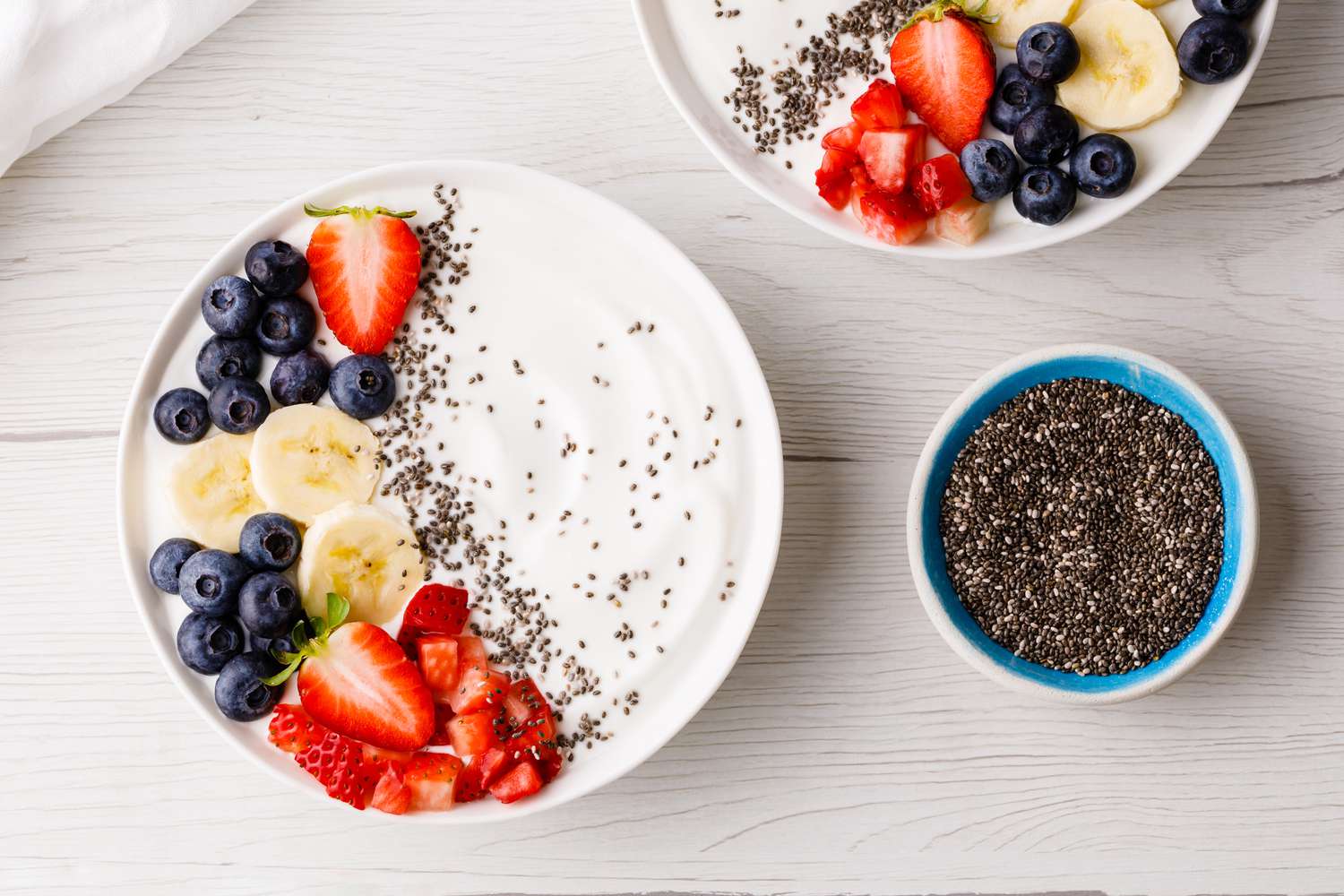




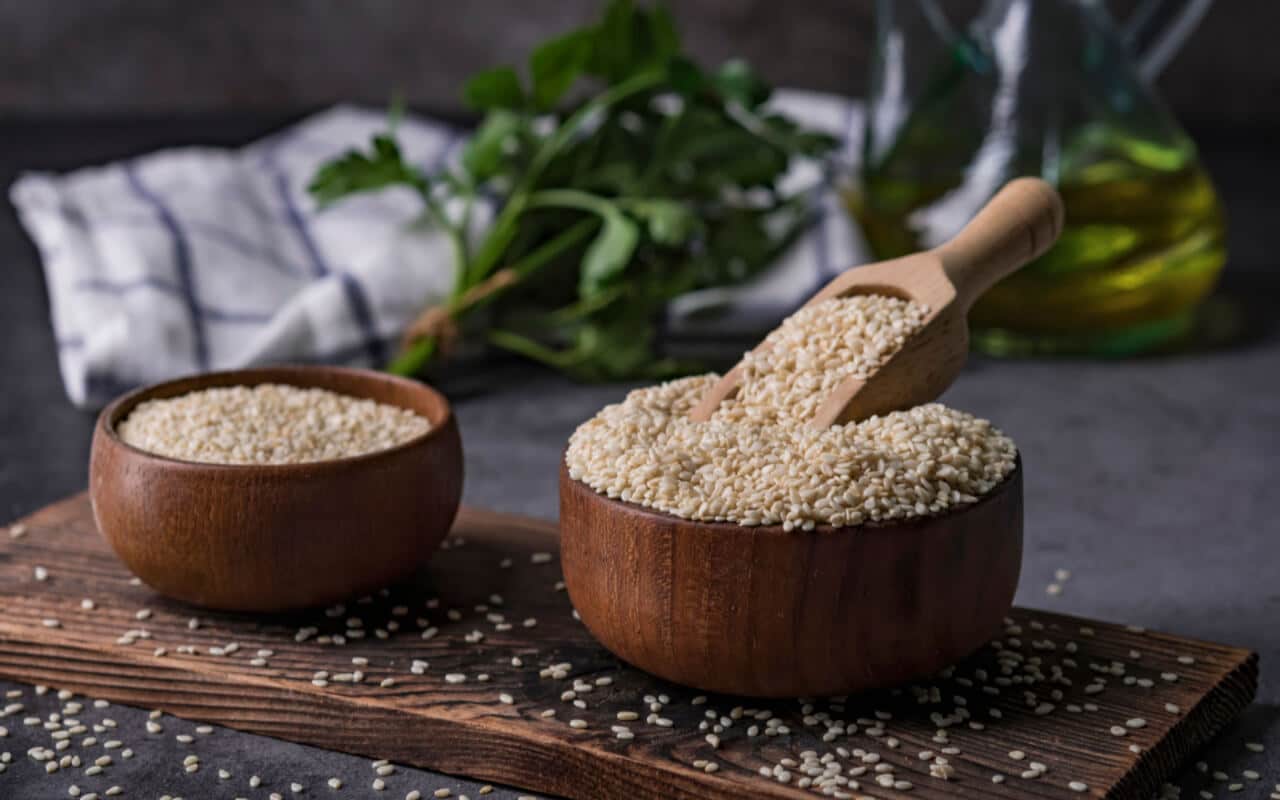
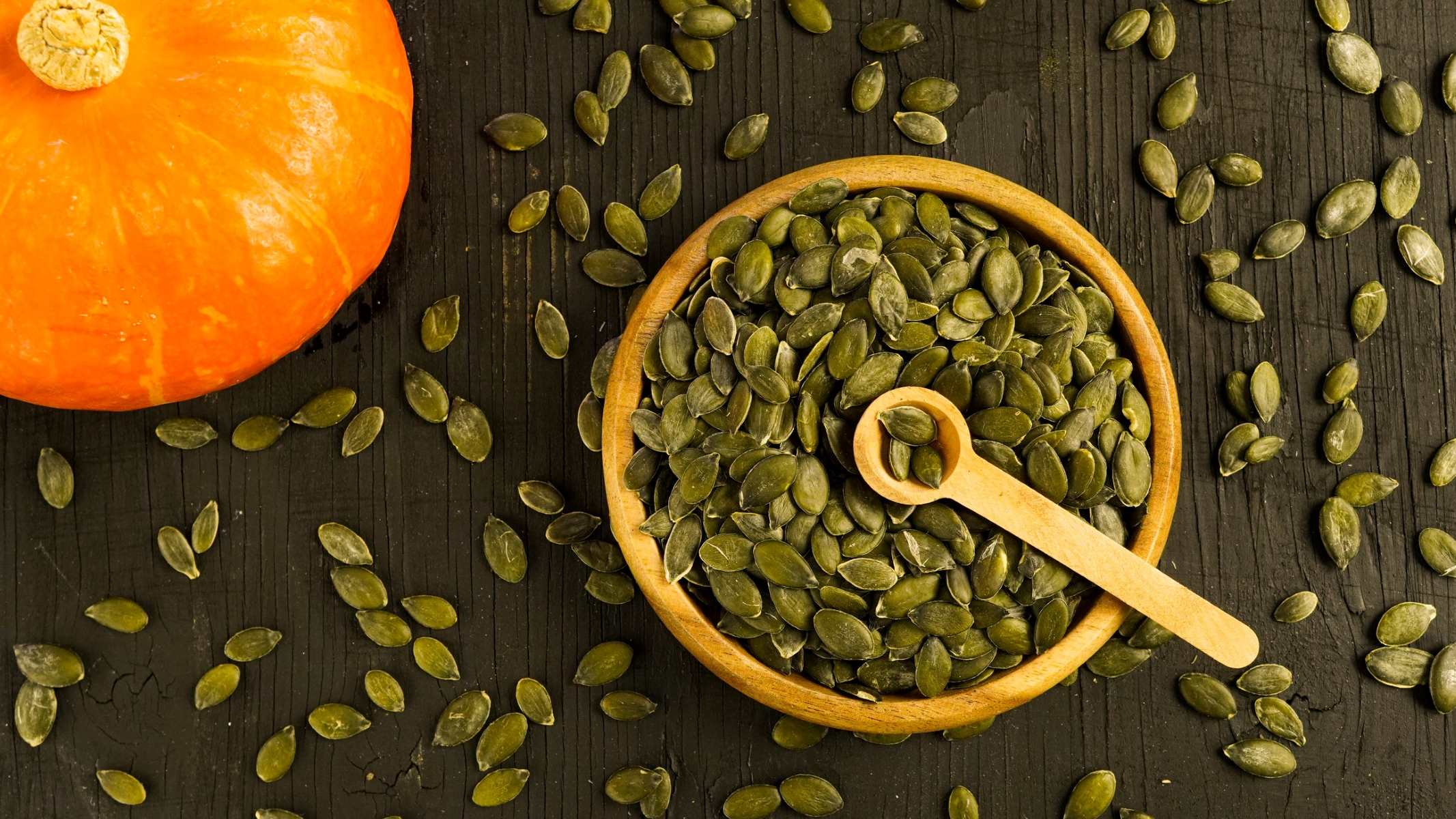
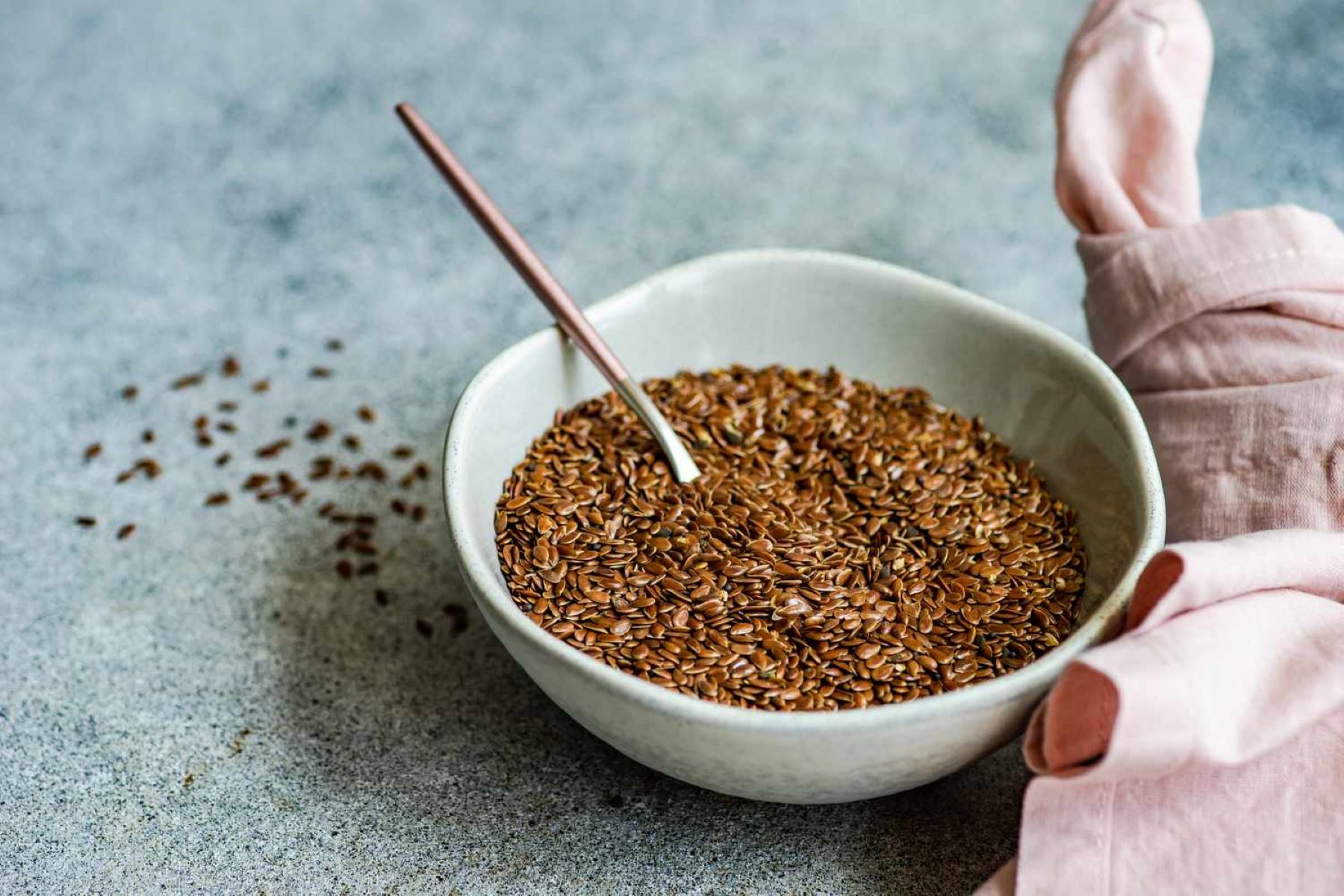
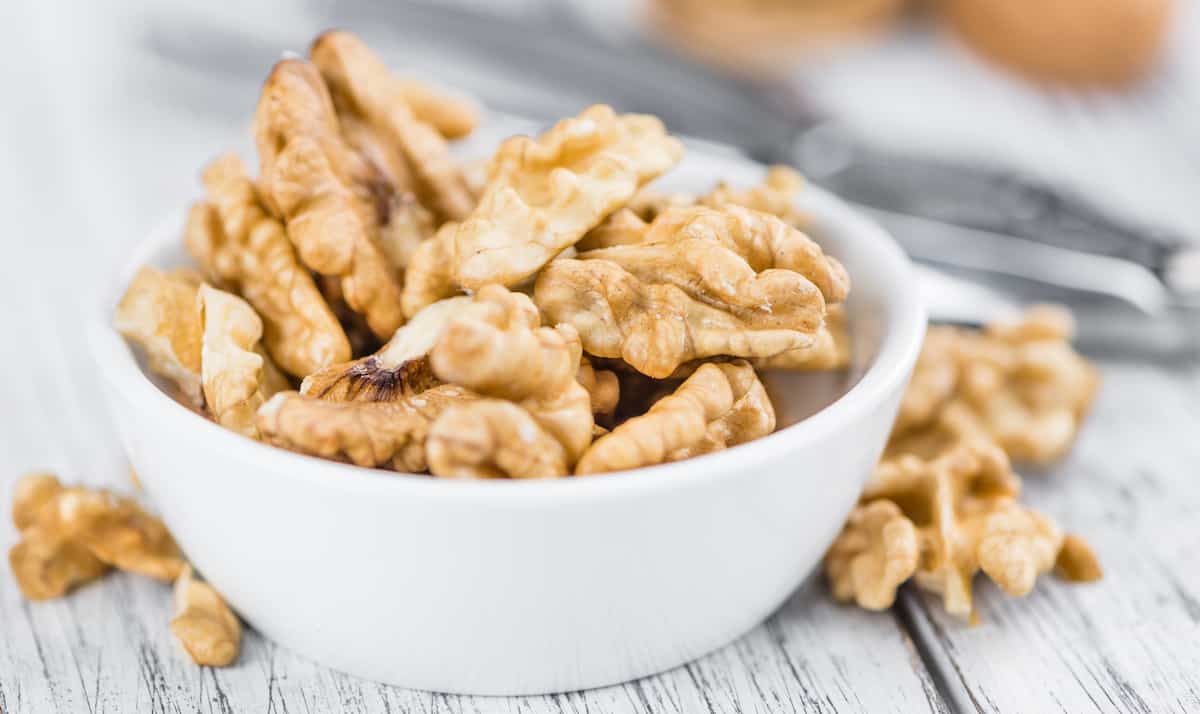
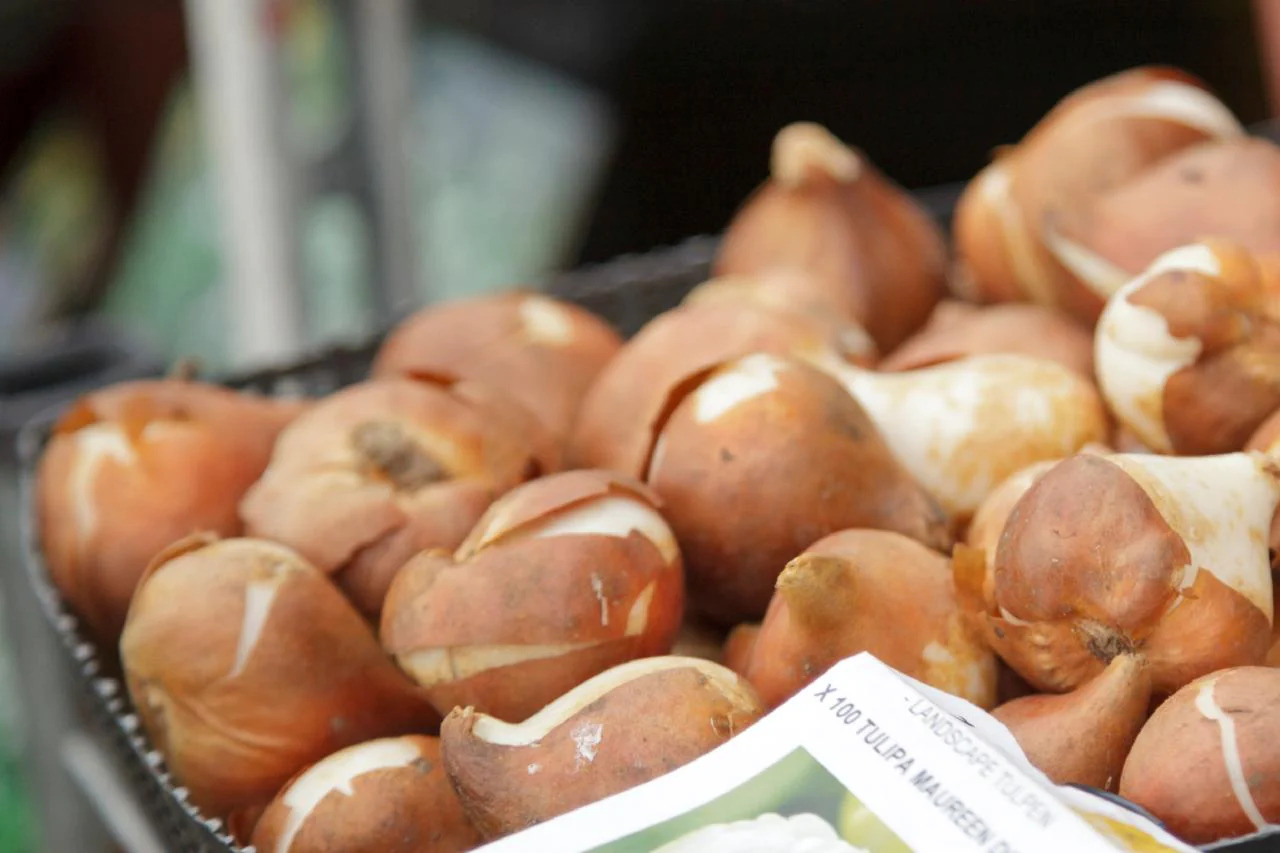
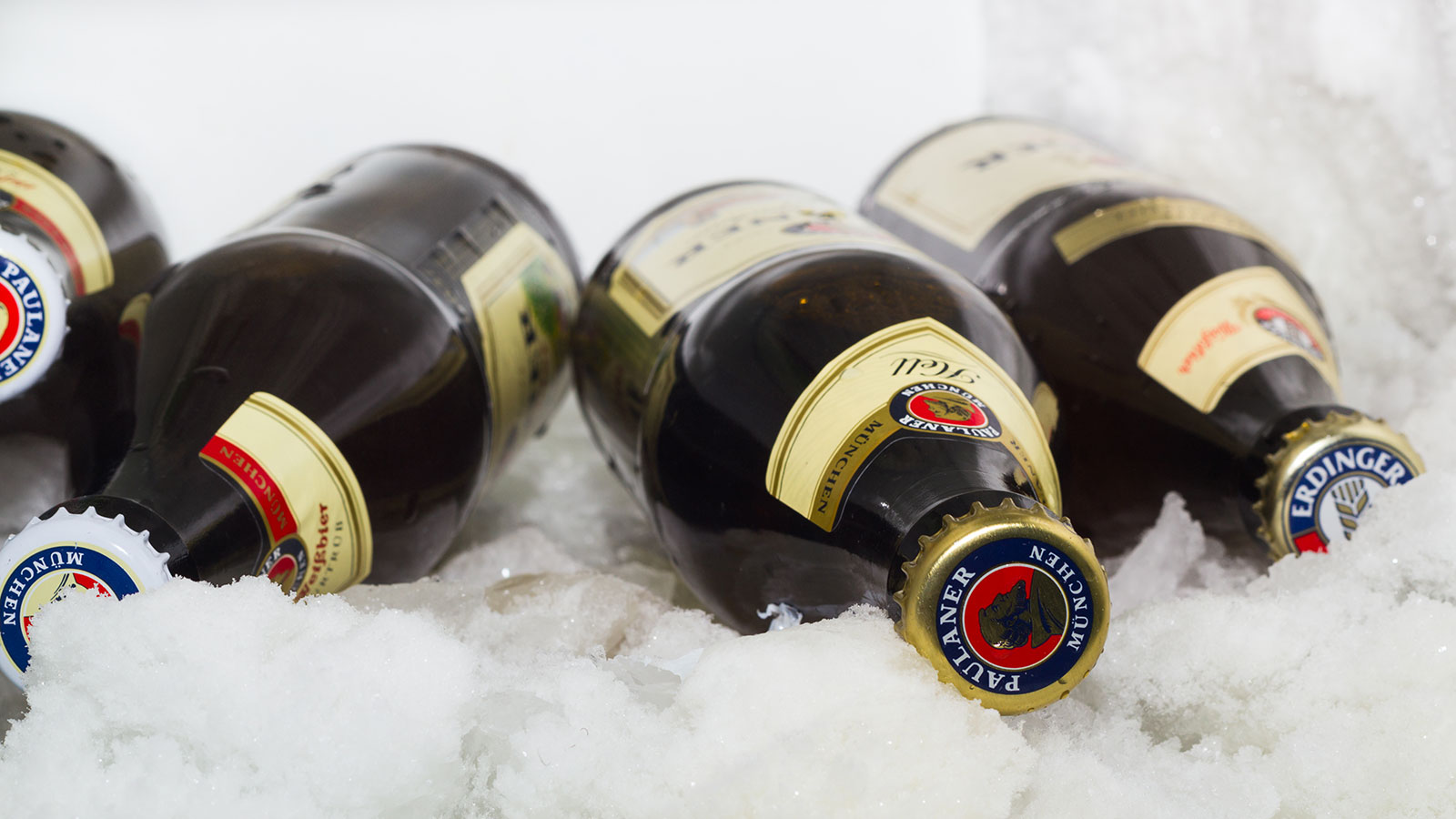

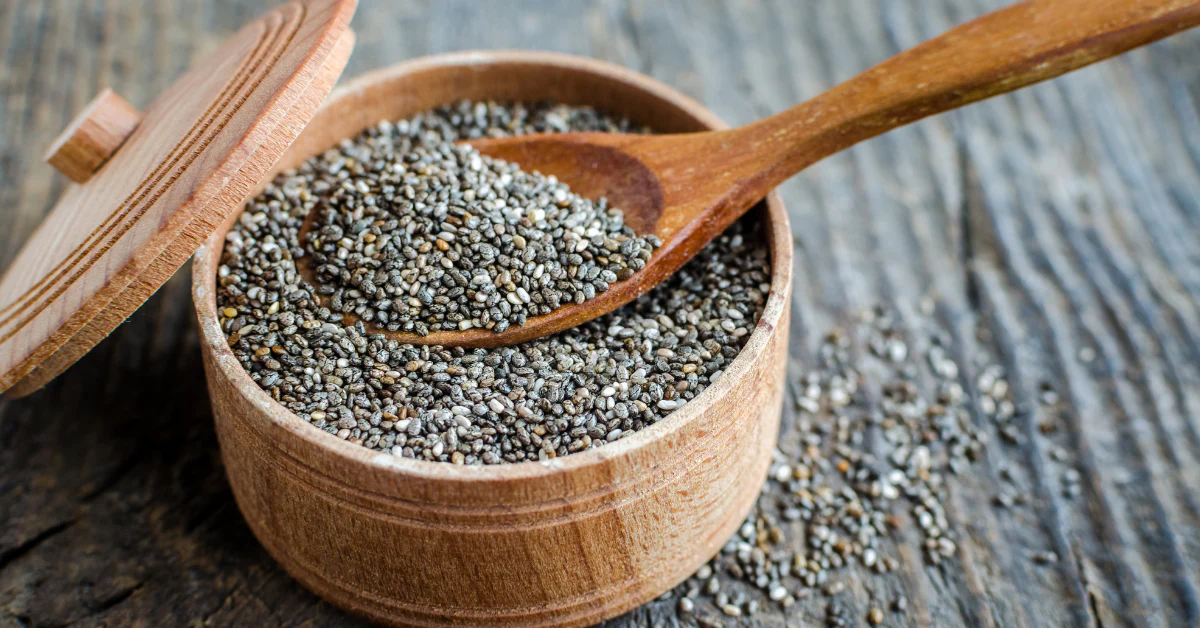

0 thoughts on “How Can You Keep Picnic Foods Safe To Eat?”